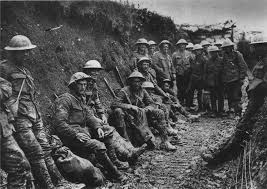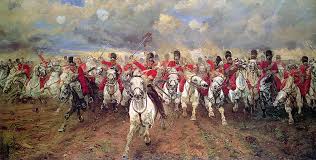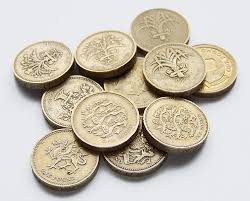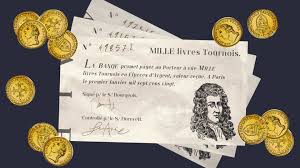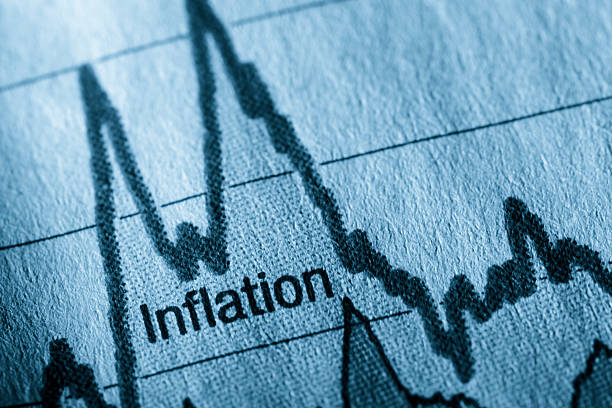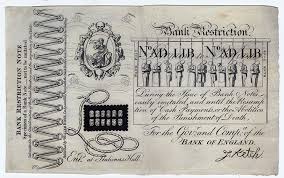The failed attempt to restore the gold standard in the interwar years

So, World War I had shattered the gold standard, and by 1919, the global economy was a complete mess. Governments had printed mountains of unbacked paper money, inflation was out of control in some countries, and no one really knew…


